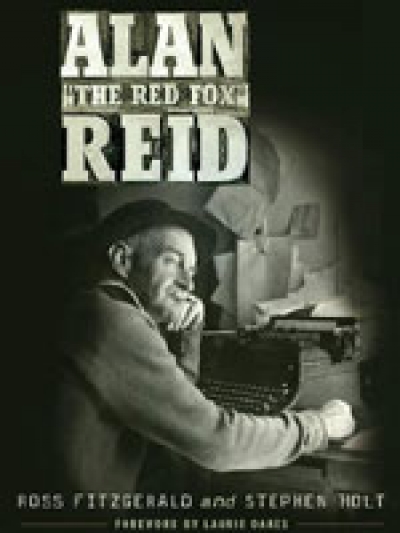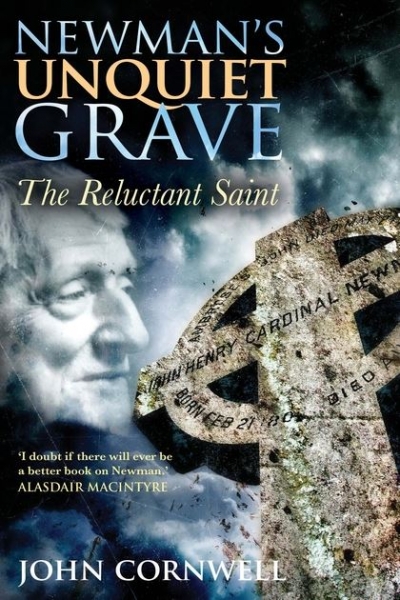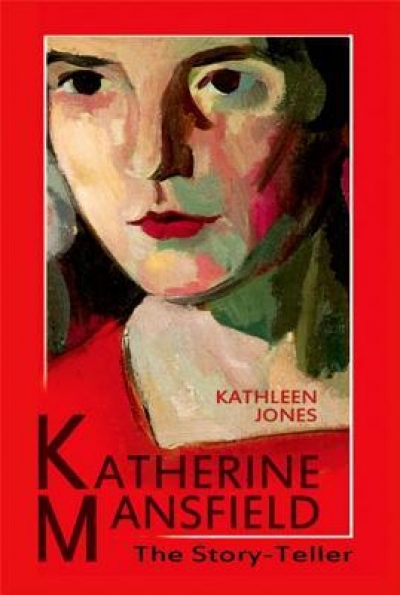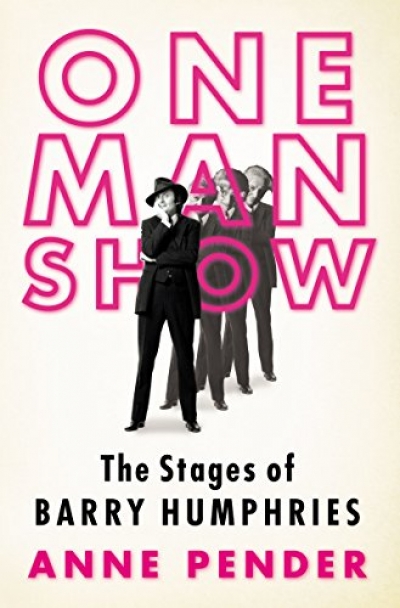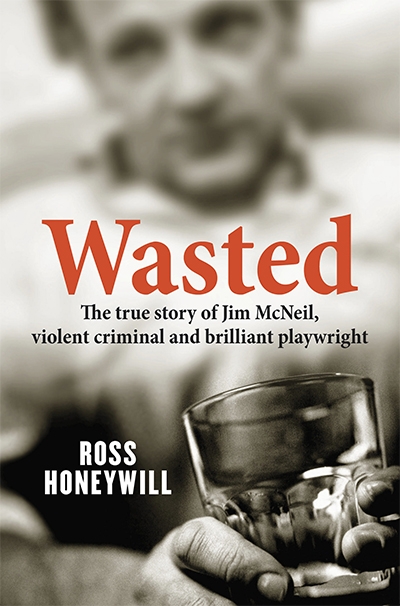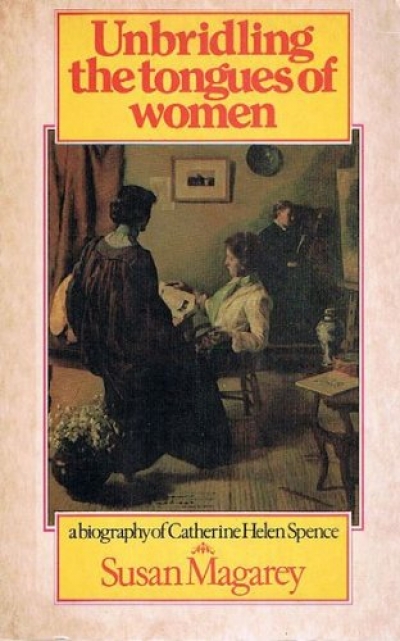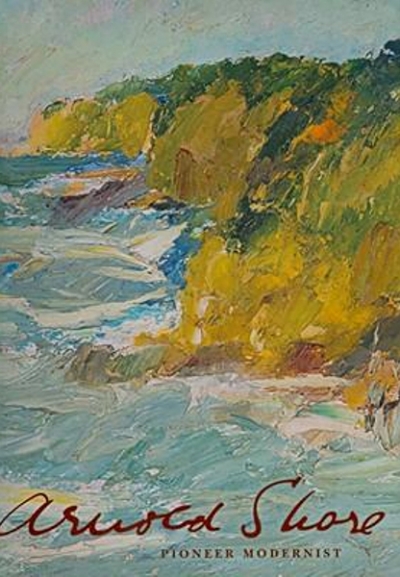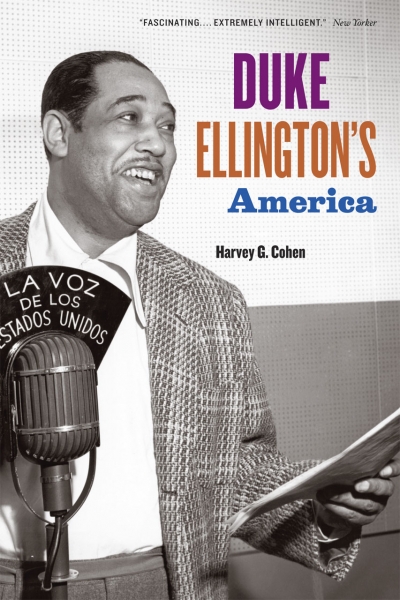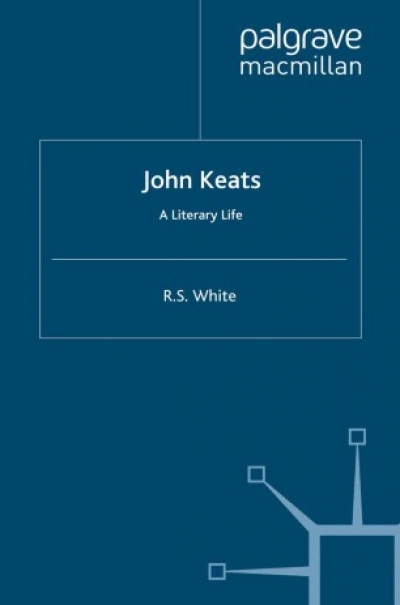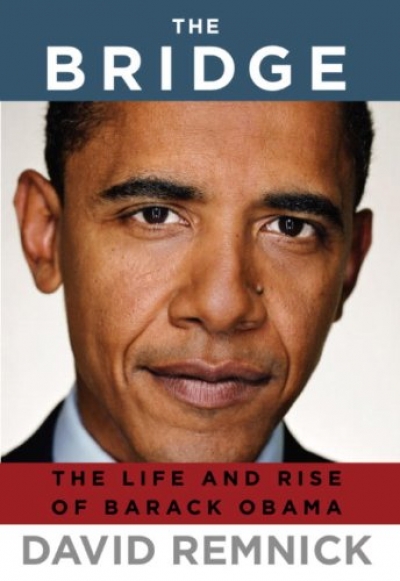Biography
Alan ‘The Red Fox’ Reid: Pressman Par Excellence by Ross Fitzgerald and Stephen Holt
by Tom D.C. Roberts •
One Man Show: The Stages of Barry Humphries by Anne Pender
by Ian Britain •
Wasted: The true story of Jim McNeil, violent criminal and brilliant playwright by Ross Honeywill
by Murray Waldren •
Unbridling the Tongues of Women: A biography of Catherine Helen Spence' by Susan Magarey
by Helen Thomson •
The Bridge: The life and rise of Barack Obama by David Remnick
by Bruce Grant •

